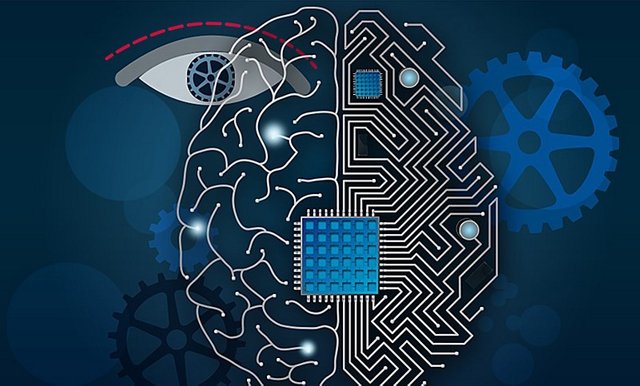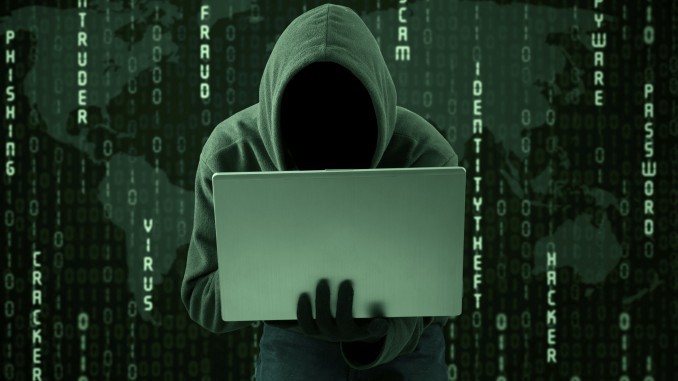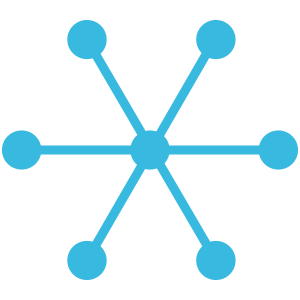Aigang Blockchain Insurance Protocol and Device Data Tracking
Frequently Asked Questions Related To Blockchain Tech and Aigang Insurance Protocol
Upon mutual decision, we decided to provide most frequent questions asked by the community. These questions were mostly gathered from our Reddit posts. Thank you, Redditors for the constructive feedback! These are a few points we heard, again and again, so we decided to sum it up in one post. Let us know in the comments if you have any questions!
Insurance Frauds

Doesn’t Aigang Protocol leave a lot of room for a fraud?
Current insurance industry lacks accurate data about the devices they insure. Everything is based on the trust of people and some general lookup of the damaged item. This leads to huge frauds in the whole industry. Based on Insurance Information Institute calculations, property/casualty fraud amounted to about $34 billion each year. And this amount is increasing as more and more expensive items are being insured. Here we saw a huge untapped potential to build a completely new insurance category for IoT devices based on the data they gather.
We cannot completely eliminate fraud, but we believe we will reduce it to the minimum by gathering data and constantly analyzing it. Further, to reduce fraudulent claims, we plan to use the historical data (trends) and the real-time data at the time of the event. Finally, KYC (Know Your Customer) will be introduced later to minimize frauds even more.

The AI will process the data and will learn to detect fraudulent claims. Mark suspicious ones and pass for further analysis. At the beginning, it might be humans who will investigate those cases, but later on, only very edge cases will be passed to process manually till we will be able to move to fully automated insurance. That’s our high-level vision. We are currently working in a lean mode and deliver results piece by piece — improve and constantly iterate, so our battery insurance app example is just a first step.
Only well-developed statistical models make insurance profitable and we believe that IoT data will give more accurate information to evaluate the claim.
Get Hacked!

With so many hacked projects how do you plan to maintain security?
For now, the apps and platform were developed just to show a proof of concept. We completely understand that there are possibilities to get hacked, and we are working on various security improvements and implementations in future use cases. We are working closely with industry security specialists to audit our smart contracts and later on software on the devices. We believe that tampering device data and make the claim look legit is much harder than just to crash a drone, take a picture and send it to the insurer.
It’s centralized!

Insurance is a hard thing to decentralize. After checking out the Aigang Github, and specifically, the smart contract for the above Battery Insurance Policy there seem to be many points of centralisation in this project. Why do you claim it’s decentralized?
The whole battery insurance solution is more a proof of concept than a final solution. The current solution has a middle layer, which automatically validates if data came from the device itself and confirms policy as valid instantly.
Regarding the decentralization, we will use Hardware Oracles in the future solution to eliminate the need for middle layer.
We are building the insurance of the future with the goal to completely eliminate manual work, but of course, later down the road, there might be various approaches taken till we reach the perfection.
It’s manual!

It seems like there is a centralized authority which manually validates policies created by users — why is Aigang still called decentralized?
There is no manual input here. The middle layer’s (called Forwarder) code just validates if the policy was initiated from the “trusted source” and automatically initiates the confirmation transaction. So no manual work needed here.
Will the use of a light client remove the need for a trusted server, can you explain how Hardware Oracles also remove that need?
The light client will remove the middle layer, but then we will have to implement the Hardware Oracles, who would call device API (provided by the manufacturer or built by us) and check the state of the device and get that data.
Our team is working on all those issues, testing out various solutions and looking for the best options to implement. And we will make it happen as soon as we can.
Aigang Official Links:
Visit Aigang.Network and Get The DEMO Apps Today!
Or read Aigang Whitepaper — http://bit.ly/AigangWP to get info about technical details.
Got any questions? Ask them on Slack — slack.aigang.network
Or Telegram, whichever you prefer — t.me/aigangnetwork
Participate in discussions on Reddithttps://www.reddit.com/r/AigangNetwork/
Or on Bitcointalk.Org thread https://bitcointalk.org/index.php?topic=1998265.0
Finally, you can follow Aigang on Twitter, we share not only our announcements but industry news, as well! https://twitter.com/aigangnetwork
Congratulations @jonasmatk! You have received a personal award!
Click on the badge to view your Board of Honor.
Do not miss the last post from @steemitboard:
SteemitBoard World Cup Contest - Sweden vs England
Participate in the SteemitBoard World Cup Contest!
Collect World Cup badges and win free SBD
Support the Gold Sponsors of the contest: @good-karma and @lukestokes
Congratulations @jonasmatk! You received a personal award!
You can view your badges on your Steem Board and compare to others on the Steem Ranking
Vote for @Steemitboard as a witness to get one more award and increased upvotes!